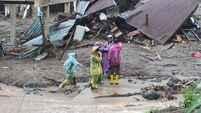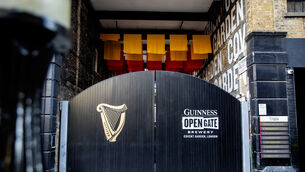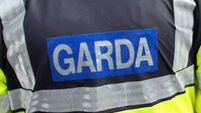Katrina aftermath kick-starts economic activity
JP Morgan Chase & Co, the third-biggest US bank, said deposits from the region jumped 78% in the past year, helped by the opening of 50,000 cheque accounts.
Merrill Lynch & Co, the region’s largest brokerage firm, said revenue in July from its four branches near New Orleans was 10% higher than a year ago.
















